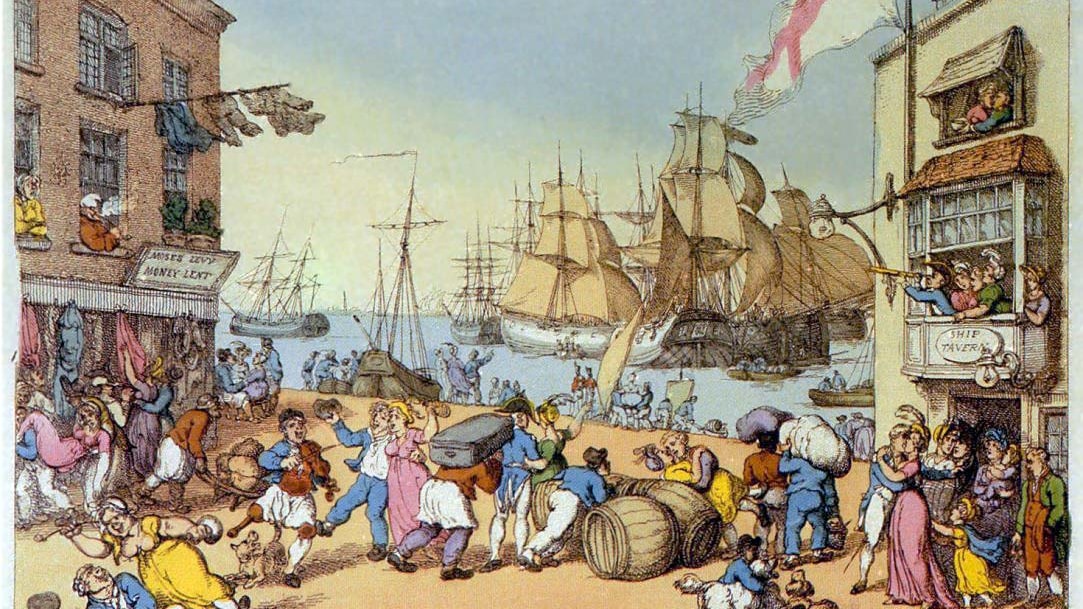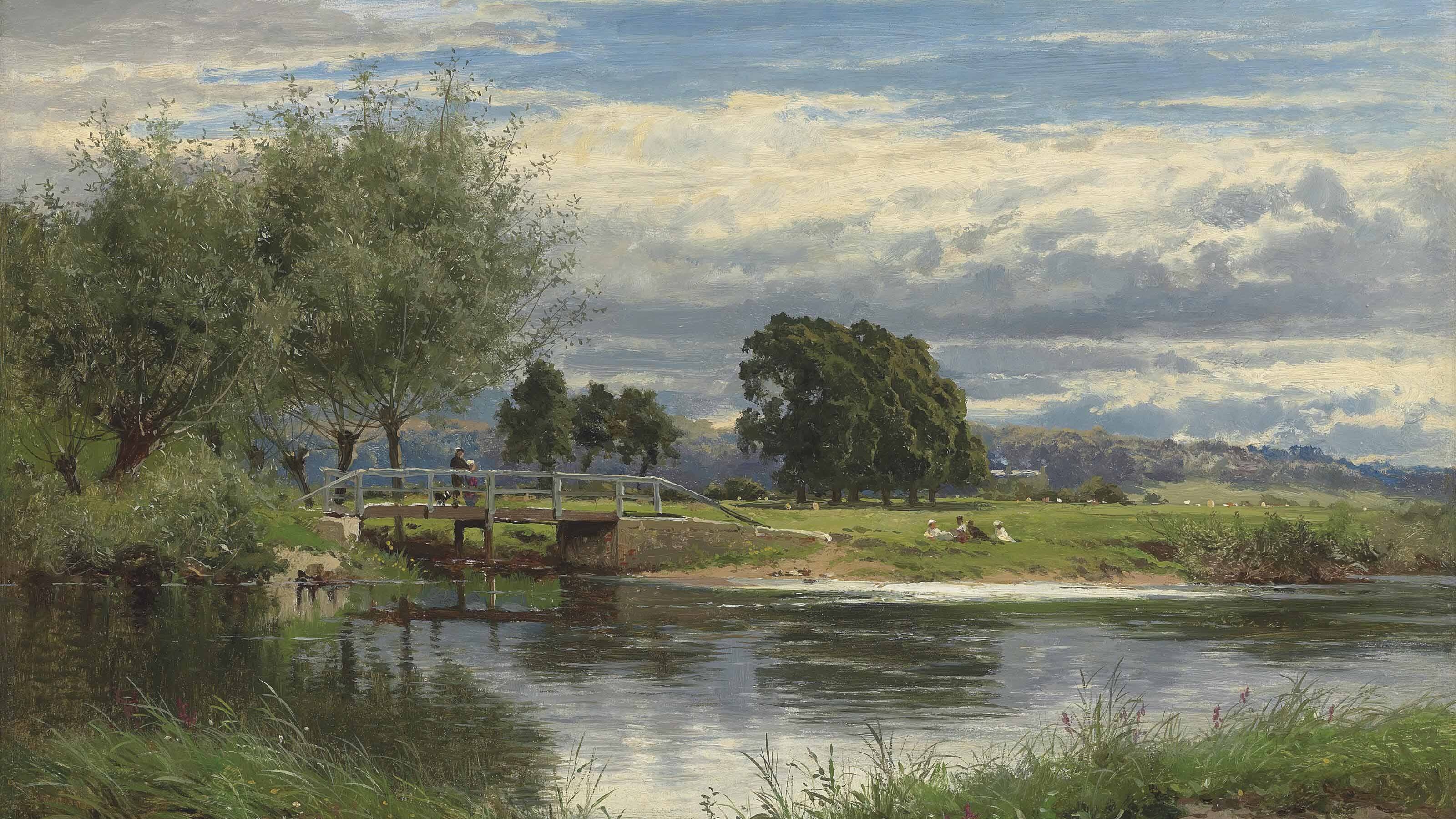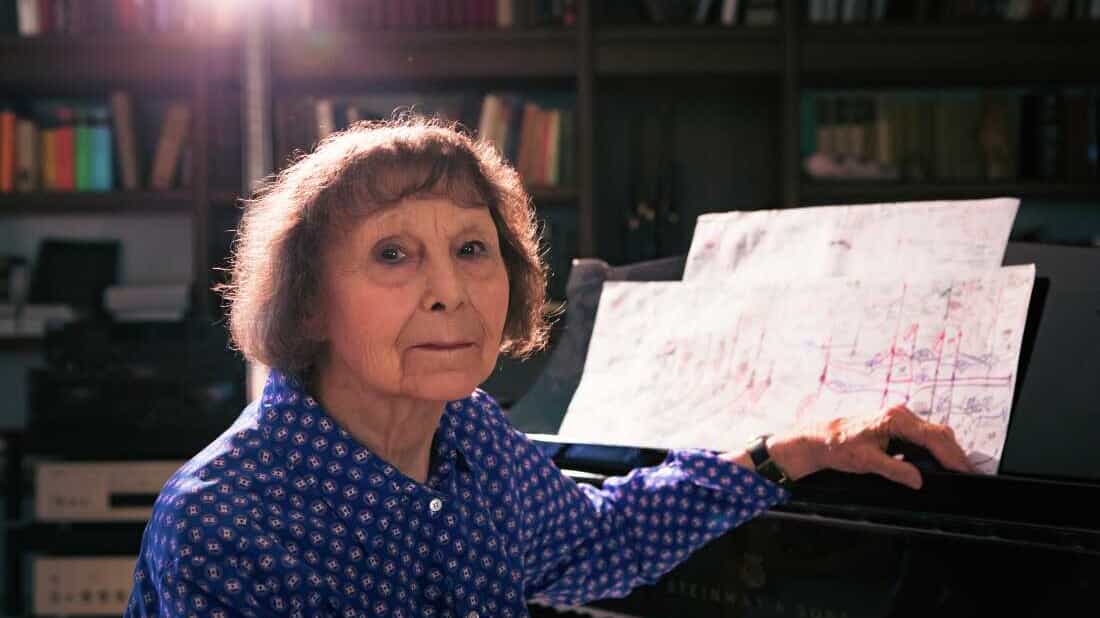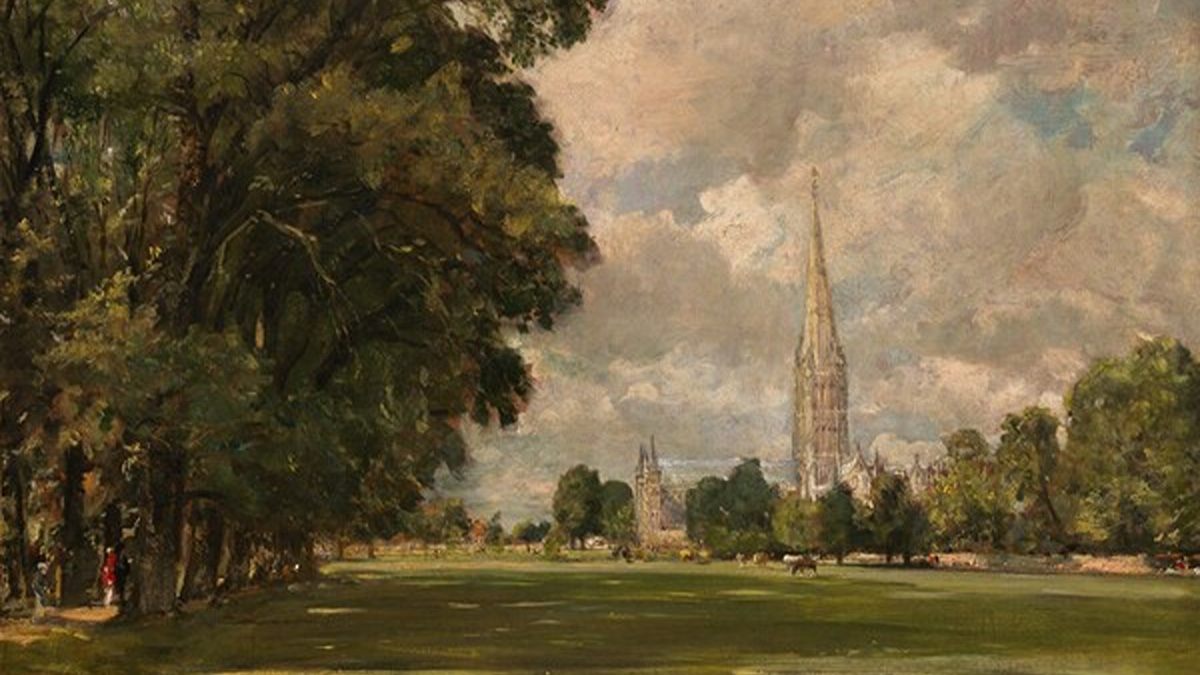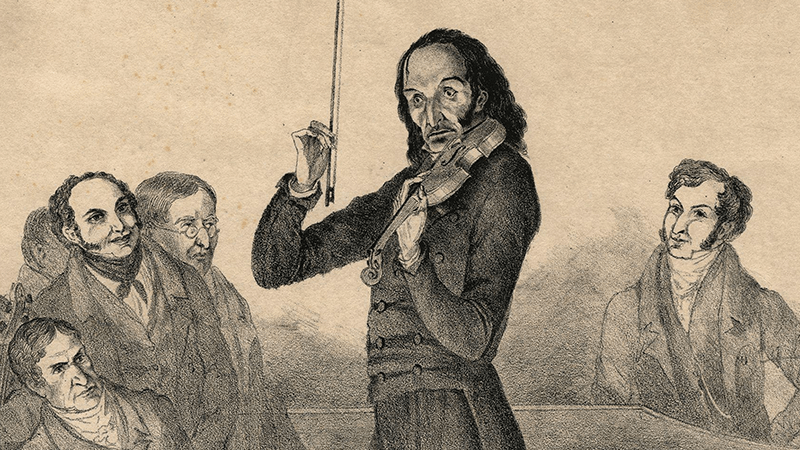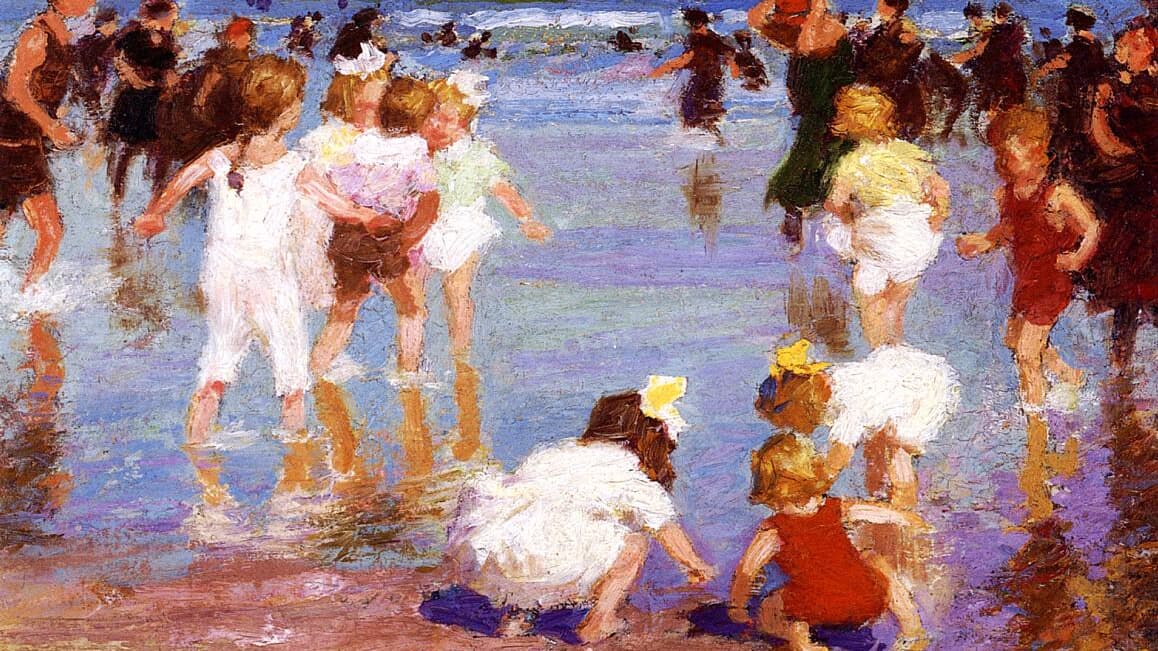William Walton’s “Portsmouth Point” Overture: Thrillingly Chaotic
Portsmouth Point, an 1814 etching by the satirist Thomas Rowlandson, depicts a bustling and bawdy port scene on England’s southern Hampshire coast. The thrillingly chaotic scene inspired William Walton, in 1925, to compose an exuberant overture of the same title. The opening bars came to Walton as he rode through lively London streets atop a double decker bus. Led by Volkmar Andreae, the premiere took place in June of 1926 in Zurich …

